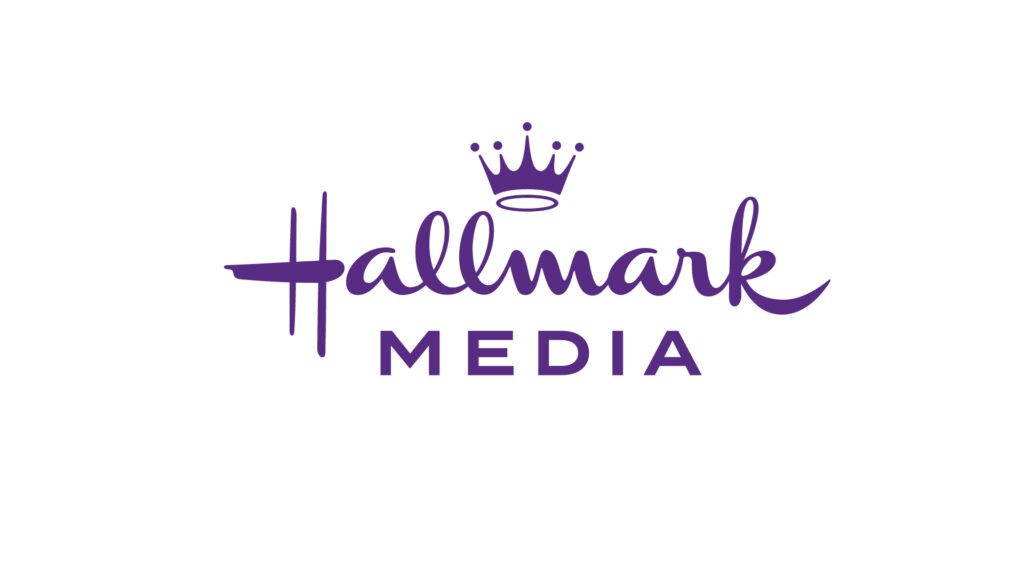
As Google implements stricter policies around bulk email, email marketers must adapt their strategies with an increased focus on segmentation and relevance. Mailbox providers have published these rules to help email senders get more clarity on how they are protecting their users. By adhering to sender requirements, email marketers can ensure their brand is seen as a trusted sender by the mailbox provider and maximize the chances of being seen in the inbox.
What are the bulk email changes? And how will they impact deliverability?
Major mailbox providers like Google are now enforcing long-standing email deliverability standards for bulk senders. While these standards aren’t new, the stricter enforcement is. Any sender sending 5,000 or more emails daily is considered a bulk sender by Google.
As a bulk sender, you must take several steps to maintain deliverability. First, authenticate your identity as the sender by implementing the following email authentication methods: DKIM, DMARC and SPF. Next, incorporate list-unsubscribe headers into your emails and honor unsubscribe requests within two days. Finally, you must keep your complaint rate below 0.3% (no more than 3 per 1,000 emails).
Failing to comply with these newly enforced requirements could severely impact your email deliverability. Mailbox providers may defer delivery of your messages, block them entirely or send them to the spam folder. Even if you send fewer than 5,000 emails daily, it’s worth working toward compliance now. Following these rules will only become more crucial as your email list grows.
Achieving and maintaining compliance won’t just prevent deliverability issues. Meeting these sender requirements instills confidence in the recipients that you can trust the brand and the emails a brand is sending. This can help improve overall email engagement because you’re more likely to show up—and show up positively—in the inbox.
How to ensure your emails comply
Ensuring your bulk emails comply with the standards requires some important technical steps.
First, use a pre-send spam filter testing tool to verify you have established SPF records and DKIM and DMARC authentication—and take any necessary actions if you lack these. Next, consult with your email service provider (ESP) to determine if they automatically add list-unsubscribe headers to your emails.
Monitoring your spam complaint rate is also critical. Use a tool like Google Postmaster or Yahoo’s SenderHub to check this rate and ensure it remains below the 0.3% threshold. Knowing how and where you acquire your email addresses is critical to maintaining email list health. Do not use purchased or rented lists, which may contain “honeypots” and generally should not be trusted.
Maintaining list hygiene is the next step by using reengagement campaigns to identify recipients who still want to receive your emails and those who haven’t engaged and no longer want to engage—those can be suppressed.
But remember: Compliance involves more than technical checklist items. Even spammers can comply with authentication protocols to keep sending unwanted junk. Consider the necessary strategic changes. Are your emails valuable, relevant and desired by subscribers? Analyze engagement metrics like read rates, click-through rates, bounces and unsubscribes. If these numbers paint a poor picture, your emails likely need improvement.
Focus on creating excellent email experiences tailored to your audience’s needs and interests. Proper segmentation, personalization with dynamic content and automated reengagement campaigns contribute to retaining and delighting subscribers.
Shifting from a quantity focus to a quality approach
The consequences of irrelevant, bland inbox content are real: 86% of consumers say they will abandon a brand after just two negative experiences. Emails failing to resonate and provide value will train recipients to ignore or unsubscribe from future sends.
One key enabler of meaningful personalization is advanced segmentation capabilities allowing precise audience categorization based on demographic, behavioral and engagement data.
Another? Dynamic content tools to automate the deployment of hyper-relevant emails. From countdowns and social feeds to live weather and inventory updates, dynamic elements are personalized based on the time of opening, so they’re a much lighter lift and don’t require heavy reliance on powerful segmentation and deep data.
—
The powerful combination of compliance with deliverability standards and meaningful advances toward more personalized experiences will help marketers break through inbox noise and successfully engage their subscribers. By becoming fully compliant senders, they can ensure inbox placement and maintain trust with providers and subscribers.
Jaina Mistry is Director of Brand and Content Marketing at Litmus.



 Network
Network

